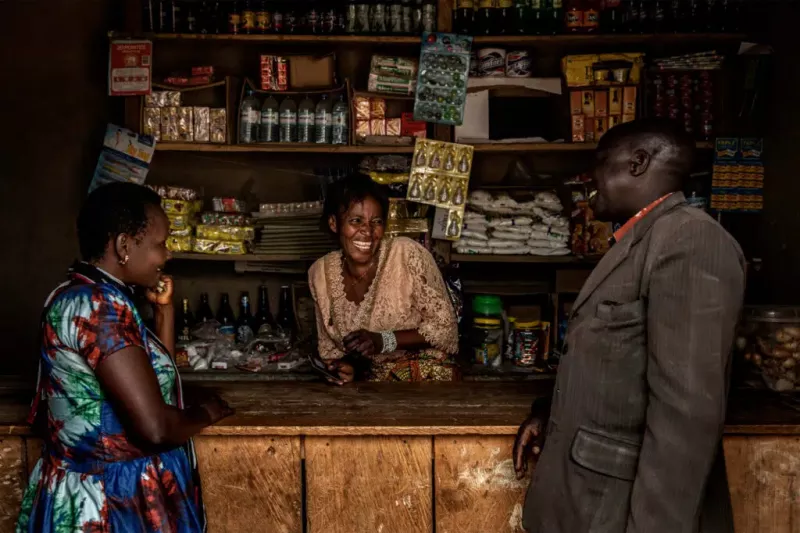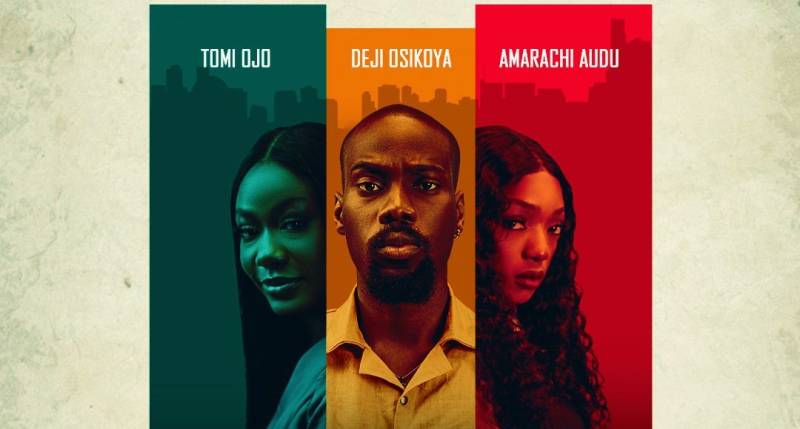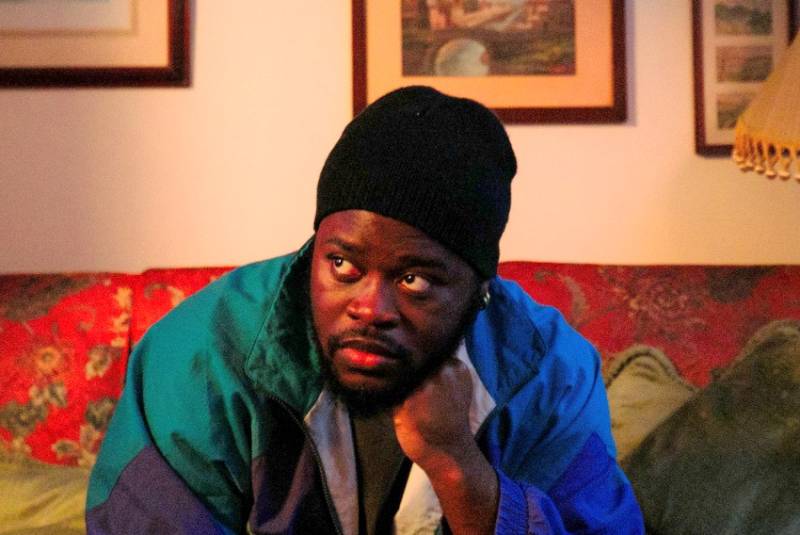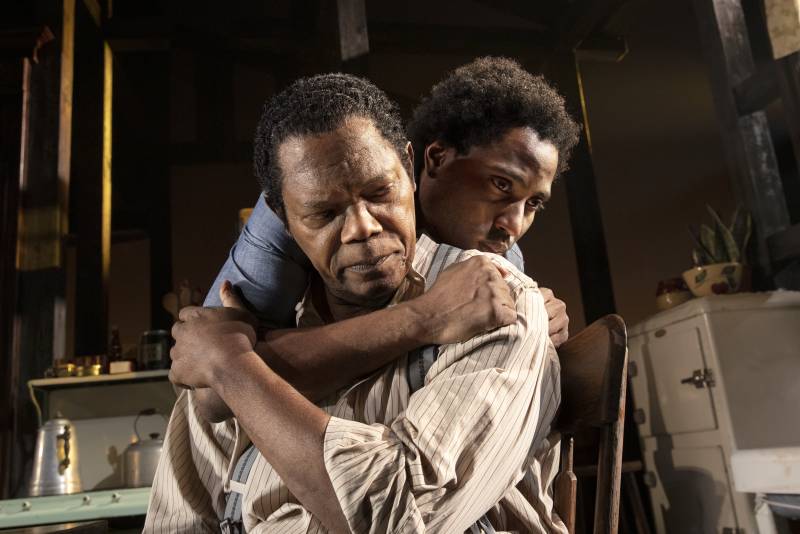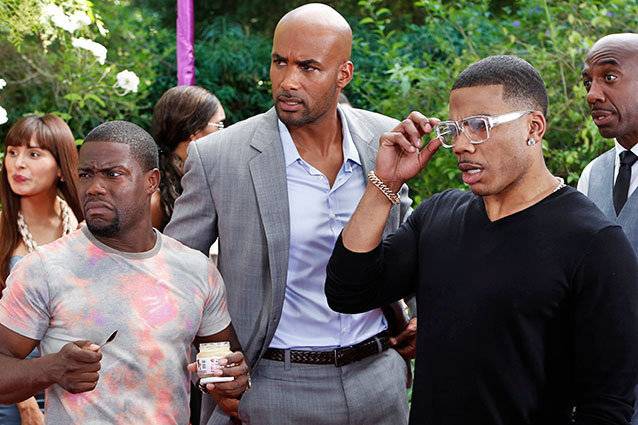For 20 years, the International Criminal Court has been meeting with survivors of conflict, their families, and their communities to hear the stories of the worst crimes.
Photographers Rena Effendi, Pete Muller, and Finbarr O’Reilly bring their work documenting some of the stories as witnessed by outreach staff in 5 countries to an exhibition at the headquarters of the United Nations in New York City. A special chapter on the Democratic Republic of the Congo is also part of the exhibition.
Read Also: Here’s How Your Body Is Telling You That You May Need More Electrolytes
The International Criminal Court (ICC) is the world’s first permanent international criminal court. It investigates and tries individuals charged with the gravest crimes faced by the international community. But the ICC, based in The Hague, Netherlands, can only exercise its jurisdiction when a State’s National Courts are unable or unwilling to prosecute criminals. It is a court of last resort for those who are victims of the most heinous crimes that would otherwise go unpunished.
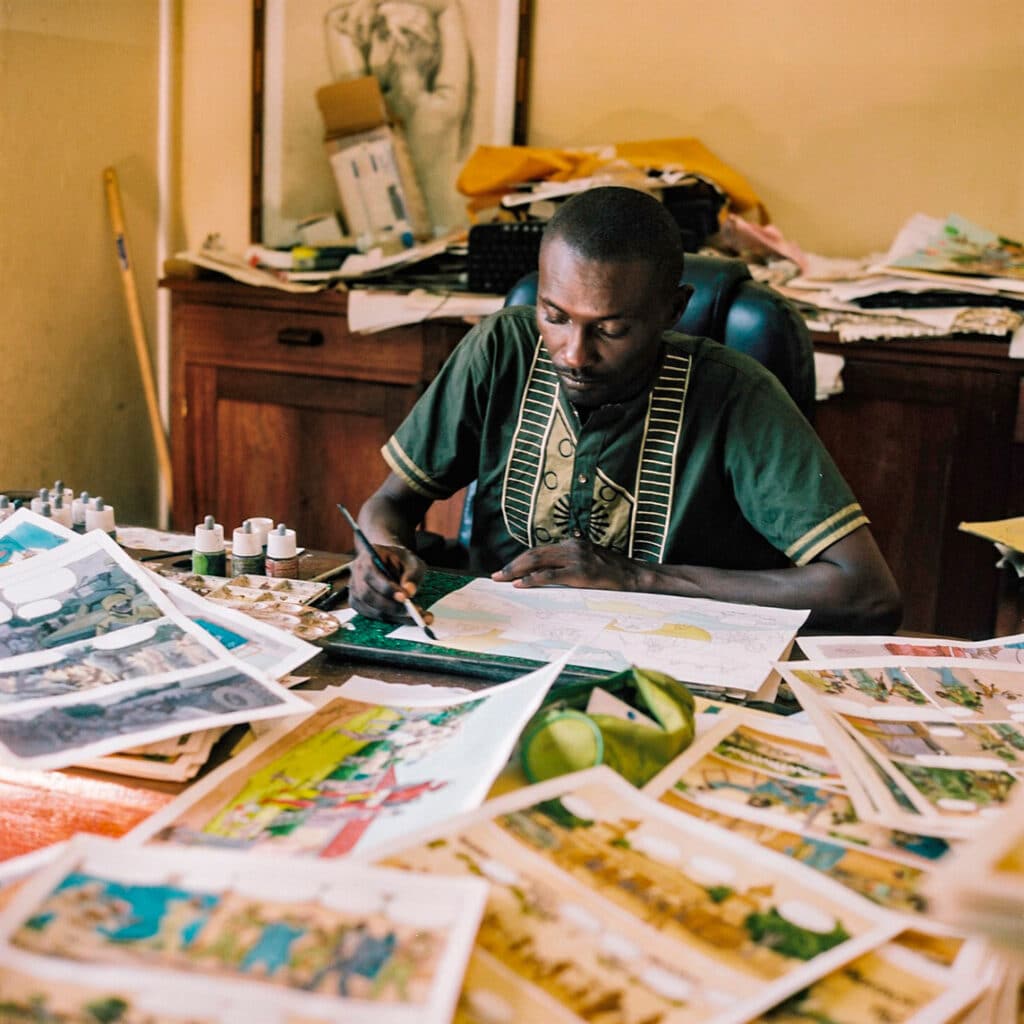
The Court’s founding document, the Rome Statute, grants the ICC jurisdiction over four specific crimes: genocide, crimes against humanity, war crimes, and crime of aggression. Together they encapsulate the worst crimes that humanity can inflict upon itself.
In order to investigate these crimes, through its outreach programs, the ICC meets with survivors, their families, and their communities. The programs work to promote access to the court to those for whom it matters most, no matter how remote they are or how far from the Court they are. They give people the opportunity to have their voice heard, have their stories told, and have their questions answered.
Photographer Pete Muller said via email “Above all else, war is predicated on an almost existential divergence of narrative between the competing sides. If there’s anything I’ve learned through documenting conflicts, it’s that all involved believe that they are right and that their actions–however reprehensible–are somehow justified by larger considerations. This undergirding aspect of war is a profoundly narrative process. It is at once, extraordinary, sobering and inspiring to watch highly trained attorneys utilize the available information to deconstruct the narrative discrepancies that are so intrinsic to war.”
In the exhibition “Life After Conflict”, on view at the United Nations through July 29th, photographers Rena Effendi, Pete Muller and Finbarr O’Reilly document some of the stories witnessed by the outreach staff of the ICC. Their work covers 5 countries: the Central African Republic, the Republic of Cote d’Ivoire, the Democratic Republic of Congo, the Republic of Georgia, and the Republic of Uganda.
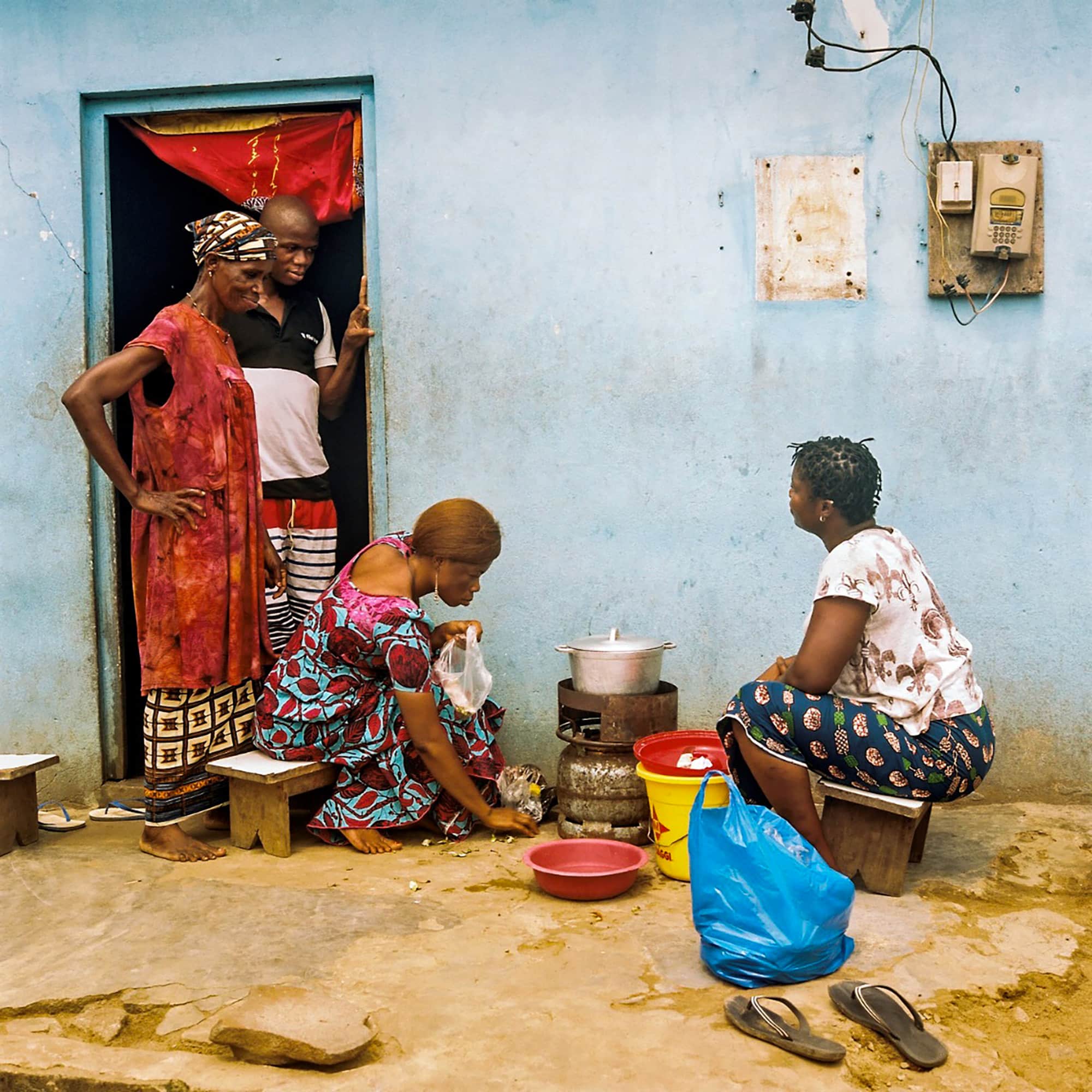
The stories from the five countries bring together many common threads in the stories of these countries. They include looking at what is lost when people are displaced by conflict, how family and connections shape people both during and after conflict, and how community is essential to the rebuilding process.
When asked about what he hoped viewers would take away from the photographs, Muller responded “The brutality of war is only intensified when those responsible for particularly egregious crimes are not held to account. I think that the International Criminal Court is an important international body for this purpose. I hope that our photos can personalize and humanize conflicts which may seem distant for many viewers.”
A special chapter of the exhibition is devoted to “Life in the DRC,” a reportage by Finbarr O’Reilly which is part of the 11th Carmignac Photojournalism Award. This annual award funds the creation of an in-depth photo reportage, that is both published as a monograph as well as presented in a traveling exhibition. The winner receives a grant of 50,000 € to work on the project in the field for 6-months.
The 11th edition of the Carmignac Award was dedicated to the Democratic Republic of the Congo (DRC) and was won by O’Reilly. He began his reportage in January of 2020, but the project was impacted by the Covid-19 Pandemic, and so his original project was put on hold. But as the borders reopened, O’Reilly was able to return to the DRC to complete his project.
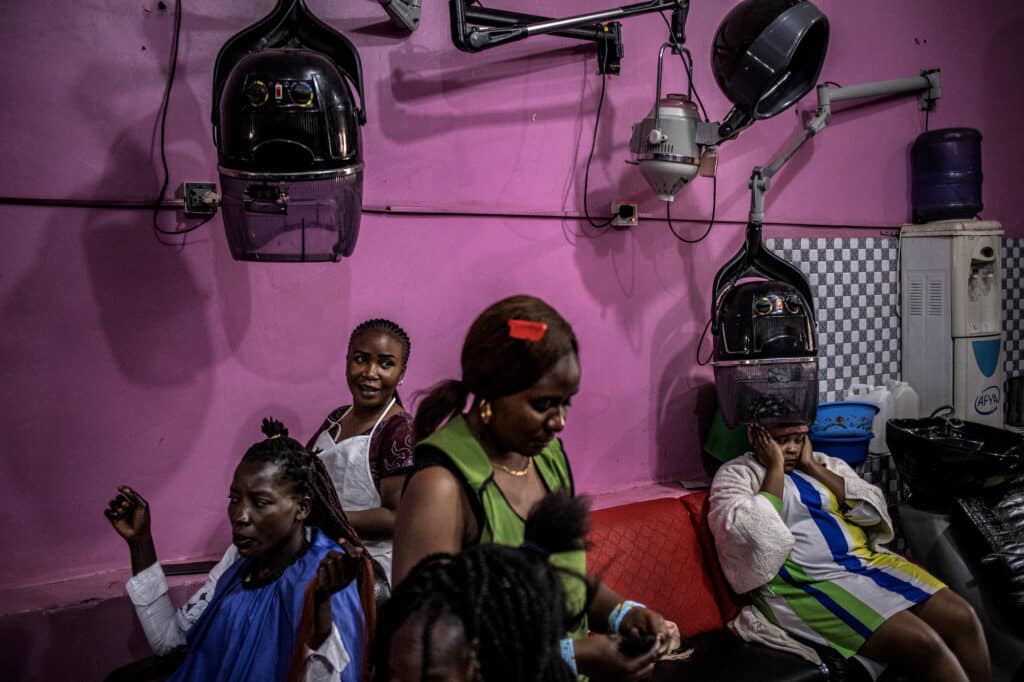
O’Reilly work examines the central themes of security and human rights in the eastern part of the DRC. The work investigates the links between the environment and the climate crisis, the DRC’s colonial history, and how ongoing exploitation by industries extracting the natural resources of the country affect the lives of the Congolese people.
“A lot of what goes on there is shaped by forces that were kind of set down by the Belgians in their colonial period. And a lot of the fighting and tensions that exist are between communities that were divided and conquered by the Belgians. And so, when you see these kinds of massacres that are going on in certain parts of the country, that is a direct result of the Belgians having chosen one ethnicity to be on their side and work with them while ostracizing the other and marginalizing the other.”
And that colonial history, and the strife between those that were divided and played off of one another are the root of what is going on today.
“And that marginalization now has led to ongoing tensions, conflicts, and competition over land. Who owns this land? Who owns that land? Who can grow their crops here or there? And, of course, now also complicating it is what’s on that land.”
O’Reilly’s work looks into all of these issues: the commutes that have been displaced over land, the cracks in society that are exacerbated by natural disasters, the toll on the environment by those looking to extract what lies under the ground, and the violence that has followed all of it.
